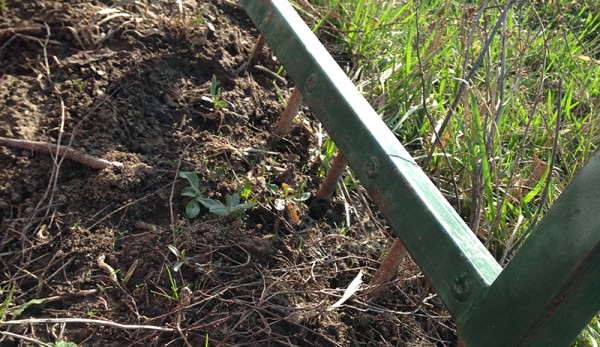
Is there a difference between no-till and simply not tilling? That question has sent me digging into a number of different books, indulging my closet soil scientist just in time for spring planting. What I found is that it would be better to ask “Are there different kinds of no-till farming?”
You may ask why “The Prescription Gardener,” with a focus on plants and their medicinal qualities, is so concerned with this issue. It’s because the health of the soil is foundational for all our health. Without healthy soils neither the food nor the medicine we grow will do us the good it is intended to do. On our biodynamic farm, we are always seeking to make the soil healthier. There are many ways to do that, but no-till farming has always been an important tool.
At its essence, no-till farming is about growing plants without disturbing the soil. The problem comes when the same term is used to cover all the reasons someone would want to do that. I think we need very different terms to alleviate confusion.
Conventional No-Till Agriculture
The first group of no-till folks are conventional farmers. They are concerned about the loss of top-soil. This type of no-till farming is also called direct drilling. To plant seeds, a large piece of equipment is driven over the field to “drill” them in, which can contribute to compaction of the soil. In most farm operations, the soil is continually tilled to prevent the growth of weeds. In order to maintain high yields, and in the absences of tilling, this type of farming tends to call for higher amounts of herbicide.
Sustainable No-Till Agriculture
The second group of no-till folks are large-scale sustainable farmers. They’re also interested in the preservation of topsoil, but they also want to improve the soil structure, increase the biodiversity of fungi and bacteria, and increase water retention. This group will also use a seed drill, but instead of herbicides, which decrease soil life, they often use a rotation of green cover crops to outcompete the weeds.
No-Till Gardeners
I think this group gets the most out of no-till. Small-scale gardeners who wish to preserve the health of the soil want it all. In the garden, there is no mechanized drilling machinery to pull down the rows. Any cultivation and planting takes place by hand. The largest tool used may be the broad fork. Even though this tool breaks apart the soil, it doesn’t “turn” it over. Leaving the layers intact means leaving soil communities in place to continue to build humus. The fight against weed seeds may include heavy layers of compost, cover crops and interplanting with companion plants.
How Our Farm Does No-Till
Here on our farm, we use cover crops, as well as managed weed growth, to break up hardpan and pull up nutrition from the depths of the soil. We have been transitioning to no-till for quite some time. It’s a slow process, as my husband and I were both raised with tillers.
As a society, we have forgotten the importance of the soil. It is seen as a means to an end, just dirt, rather than the living and vibrant medium it is intended to be. The bedrock truth about no-till is that it allows the life in the soil to do its work undisturbed. When we till, the thousands of miles of mycorrhizal filaments are torn to shreds, the worms dive deeper, the bacteria are exposed to air and light, and our soils breathe their precious carbon into the atmosphere. On our farm, we’re putting the tiller away in favor of this incredible community. To let them live means healthy soil, and this is the strong foundation of a healthy family and community.




